Pasargadae, Palace P
Pasargadae: one of the oldest residences of the Achaemenid kings, founded by Cyrus the Great (r.559-530). It resembled a park of 2x3 km in which several monumental buildings were to be seen.
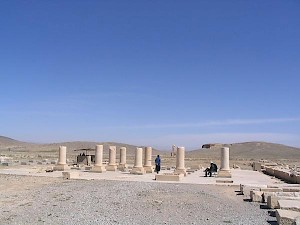
The building called "Palace P" by the excavators of Pasargadae is usually regarded as the residence of king Cyrus the Great (r.559-530). A striking feature is that the remains of the columns - five rows of six pillars - all reach the same height, which can be explained from the fact that they once were used for a portico surrounding the Tomb of Cyrus.
A close parallel to this building is the Apadana of Persepolis. A difference, however, is that the palace at Pasargadae has an oblong plan, while the palaces in Persepolis are always square. A comparison with Tepe Godin and Tepe Nush-e Jan, where similar halls were excavated, is also illuminating: Palace P is more monumental. It is obvious that it is an intermediate stage between the original Iranian architecture and the impressive apadanas of Persepolis and Susa.
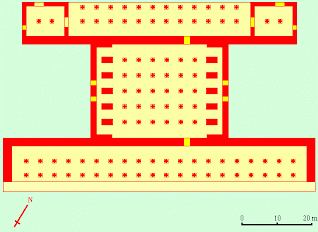
Palace P was probably not immediately finished - at least, that is the interpretation of the excavators, who arrived upon this conclusion when they had to explain why the building was not exactly symmetrical. This led to the assumption that the palace was not completed according to the original design, perhaps because construction was abandoned by Cyrus' son Cambyses (r.530-522) and resumed only when Darius the Great (r.522-486) had restored order. This might explain why he left the inscriptions we will discuss below.
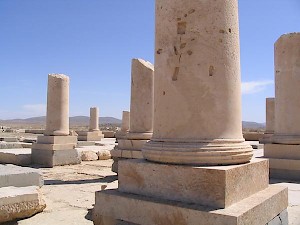
The portico of Palace P measured 72½ x 9¼ meters and offered a view of the garden, where two pavilions were visible, together with some small water canals and fountains. The central hall was 31 meters long and 22 meters wide. Traces of plaster have been found, in various colors like red, white, and blue. The white stones used to make the columns of Palace P have the remarkable physical quality that they will always feel cold.
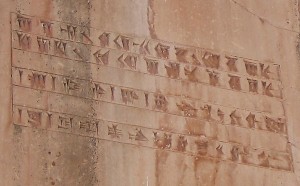
Like Palace S, Palace P has an inscription (CMa) in Old Persian cuneiform script, which mentions that this building was made by king Cyrus. Because this type of writing was designed in 521 - it was used for the first time in the Behistun Inscription, which also states that this "Aryan script" was designed especially for the purpose - the text in the Palaces P and S must have been added by Darius I the Great. Probably, this king, an usurper, tried to show continuity with the founder of the Persian Empire by stressing that they belonged to the same Achaemenid family.
The text of the inscription, usually called CMa, is:

adam \ kuruš \ xšâya-
thiya \ haxâmanišiyaI, Cyrus the king, an Achaemenid.
The second and third lines state the same, but in Elamite and Babylonian.
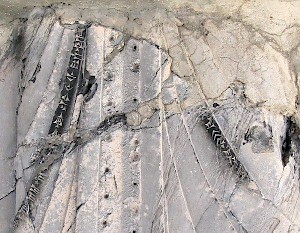
Finally, it must be noted that the entrance of Palace P was decorated with a relief that showed two men: the king is leaving the room, followed by a servant. An identical decoration can be seen in the Palace of Darius in Persepolis.
There were traces of paint on this relief. The inscription of this relief, known as CMb, states
Kûruš \ xšâyathiya \ vazraka \ Haxâmanišiya
Cyrus, the great king, an Achaemenid.
Because of the reasons mentioned above, this inscription appears to be a later addition as well.
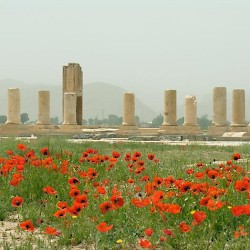 Pasargadae, Palace P with poppies |
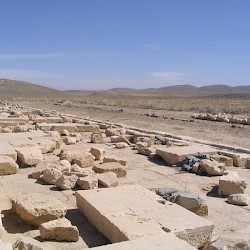 Pasargadae, Palace P, Portico |
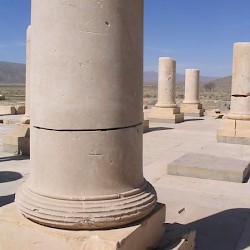 Pasargadae, Palace P, Traces of vandalism |
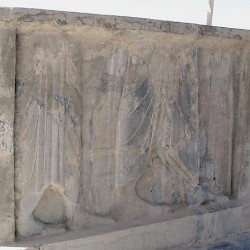 Pasargadae, Palace P, Gate relief |